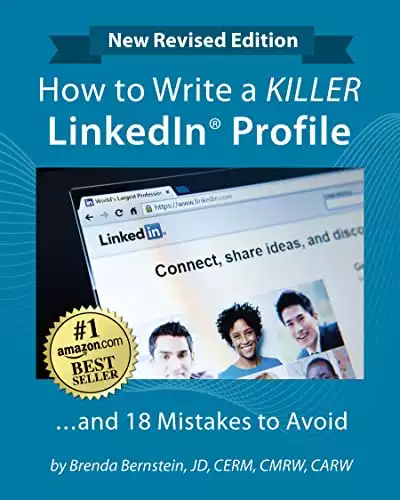We may receive compensation when you click on links to products from our partners.
There are many reasons why you may want to request a job transfer to another department within your organization. Maybe you would like to transfer to a new city or country or maybe you just need a change. An effective job transfer letter communicates your willingness for a transfer better than a conversation or an email. Consider the following steps on how to write an effective job transfer letter to express your interest, qualifications, and experience with the company:
Ready to make a career move within your company? Learn how to craft the perfect job transfer letter with our step-by-step guide. Make your case and transition smoothly. #CareerMove #JobTransfer #StepByStepGuideClick To TweetStep #1 – How to Start Your Letter
Your letter should be written like a standard business letter. Start your letter by greeting the employer with a formal salutation such as “Dear Mr. Smith” and include your contact information and other important information (such as your manager’s name).
Step #2 -How to Format Your Letter
The first paragraph of your letter should state the reason why you would like to make a change. Be completely honest, while stating your reason for the transfer. For example, if the reason for your request is that you want a promotion, then you should state that you heard about the vacancy and it can be helpful in building your career. If the reason is personal such as spending more time with the family, then you should state that the vacancy is important to have a better relationship with your family. You can also say that you are satisfied with your current position but are more interested in the new one because of the convenient timings and better learning opportunities.
Step #3 – Highlight Your Achievements
After stating the reasons, mention your personal achievements in the second paragraph and also state why you want to remain a part of the company. You can mention the special training you received and the skills which make you best suited for the position. Mention how the company improved your understanding of different fields. Also explain how you performed your duties at the job, what you did to improve the productivity of your department, and why your current experience makes you suitable for the vacant position.
Step #4 – Highlight Your Approach
In the third paragraph of your job transfer letter, discuss how you will handle the responsibilities for the new position when you get it. Suggest how you’ll benefit the company and what you can do for its growth. Tell your employer that you’ll provide assistance with the training of the employee who takes over your previous position.
Step #5 – Discuss Next Steps
In the last paragraph, ask the employer as to how he would like to further discuss your request i.e. via phone call or a personal meeting. Thank the employer for his consideration and then close the letter in a formal manner by writing “Sincerely,” with your name and signature. Attach supporting documents with your letter like your resume that contains your current job responsibilities, and copies of certificates and degrees that would be useful for the position you want.
Step #6 – Proof Read Your Letter
Although this is the last step, it’s the most important step. Your transfer letter is probably one of the most important documents you will use in your career. You need to ensure it is as perfect as it can be. Use other tools as well, such as spell-checkers, grammar checkers (such as Essay On Time’s grammar checker), and other tools such as a famous plagiarism checker UK for students.
A poorly written letter will end any chance you have of getting your transfer. Leverage your friends and family to read a draft of your letter. A review can help spot if you’ve left out important information. Ask your reviewers if they understand your request and if they have any recommendations regarding changes.
If you happen to be unemployed, one of the top 3 most important things you can do is maximize your value on LinkedIn (writing a standout resume and networking are the other two).





